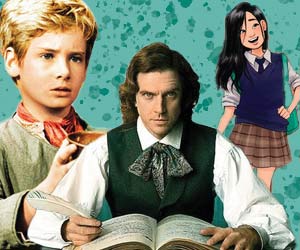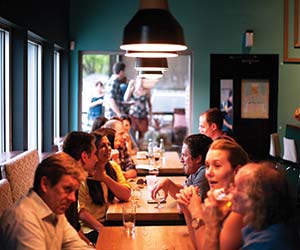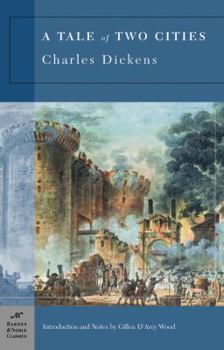A Tale of Two Cities
Select Format
Select Condition 
Book Overview
A Tale of Two Cities, by Charles Dickens, is part of the Barnes & Noble Classics series, which offers quality editions at affordable prices to the student and the general reader, including new scholarship, thoughtful design, and pages of carefully crafted extras. Here are some of the remarkable features of Barnes & Noble Classics: New introductions commissioned from today's top writers and scholars Biographies of the authors Chronologies of contemporary...
Customer Reviews
The must read again book!
Vengeance Versus Forgiveness
Quite possibly, the best book ever.
An awesome tale of the horrors of political revolution!
A Tale of Two Cities paints a beautiful while dark story of the French Revolution
A Tale of Two Cities, Beyond the surface
A Tale of Two Cities Mentions in Our Blog

We’ve been having fun exploring the "Multiverse" of selected classics, by curating a collection of inventive adaptations. So far, we’ve featured installments on Alice in Wonderland, the Brontës, The Wizard of Oz, and Pride and Prejudice. Here we offer a collection of ten imaginative takes on Charles Dickens.

All you need to make you look smart (not that you’re not already)






